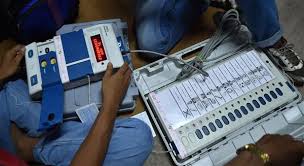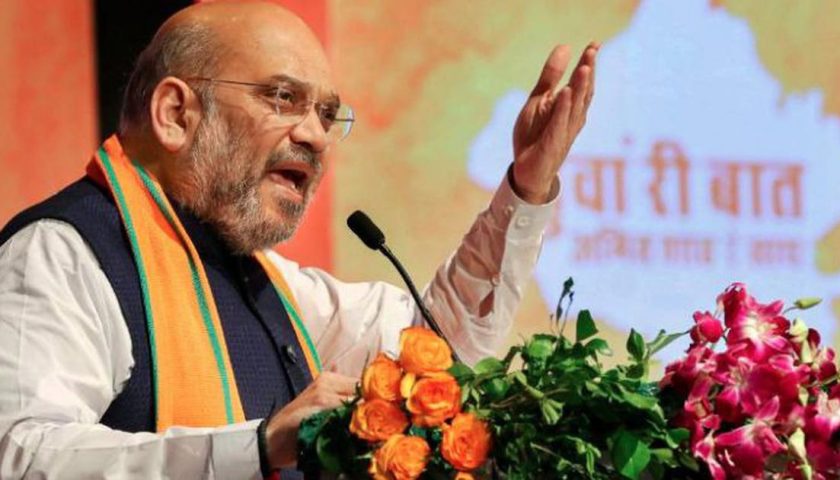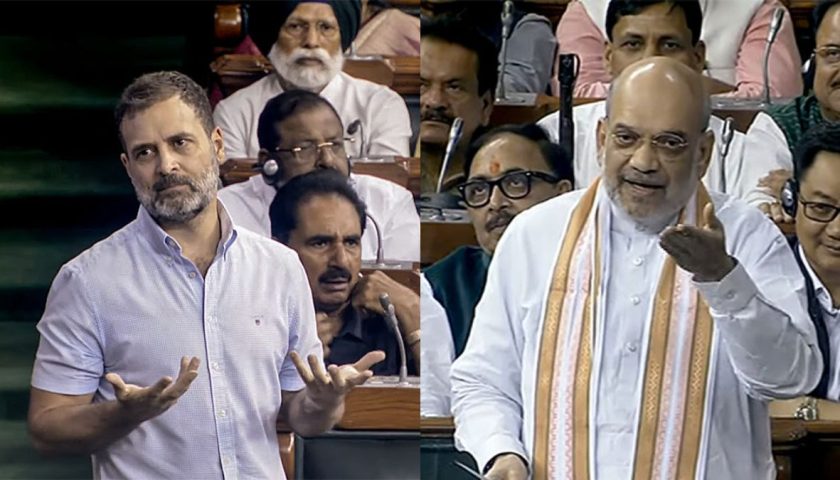Dozens of people have died in at least three states — Uttar Pradesh, Bihar and Odisha — in the last three days due to exposure to intense heat, doctors in these regions have said, with weather officials separately warning that severe heatwaves will continue in many parts of the country.
Most of these deaths have been reported from Uttar Pradesh and Bihar, including in UP’s Ballia where a district hospital reported at least 83 fatalities since June 11, of which 44-54 are believed to be of people whose existing illnesses turned fatal due to the high heat and humidity.
Monsoon rains, earlier forecast to arrive in the eastern region on Sunday, are delayed and expected only after June 20, the India Meteorological Department (IMD) said.
In Bihar, 45 people have died and Odisha reported one death till Sunday, with unconfirmed reports of 20 heat-related deaths.
Chief medical superintendent (in-charge) at the Ballia hospital, Dr SK Yadav, said, “On June 15, 154 patients were admitted to the hospital, and 23 deaths occurred that day. The next day (June 16), 137 people were admitted to the district hospital and 20 deaths occurred. There were 11 deaths at the hospital on June 17.”
Separately, a report by chief medical officer Jayant Kumar sent to Ballia district magistrate Ravindra Kumar on Sunday put the number of deaths in the same period at 83. The report, however, did not specify if the deaths were due to hyperthermia or conditions linked to it.
Also Read | Experience the Enchantment of Gurez Valley: Go Gurez, Kashmir’s Hidden Gem!
“A total of 44 deaths occurred due to fever and other medical complications, whereas 39 deaths occurred due to various ailments and medical complications,” the report said.
The deaths show that in an era where summers are only going to get harsher, the country will need to formulate and implement comprehensive heat action plans. At the same time, hospitals and doctors will need to be on the lookout for heat-related ailments, while authorities will have to be more observant and alert.
On Saturday, a statement from the hospital said: “In such weather conditions, the problem increases more for the people suffering from diseases like blood pressure, bronchial asthma, as these ailments aggravate… When the people were brought in, most of them complained of giddiness and some others had fever. These deaths were caused by critical ailments, not by heatstroke.”
To be sure, fever and confusion are among the most common signs of hyperthermia.
The statement was issued by Ballia chief medical superintendent Dr Diwakar Singh, who was shunted out of the district late on Saturday, with the circumstances of his transfer remaining unclear.
On Sunday, a two-member probe panel with director (communicable disease) Dr SK Singh and director (treatment) Dr KN Tiwari was sent to Ballia to probe the high number of deaths, a state government official said. The team tested water samples in the district to ascertain if an infection was behind the deaths and also assessed the responses by medical teams.
While high temperatures raise the risk of hyperthermia or heatstroke, even lower temperatures, when coupled with high humidity, can be dangerous as the body struggles to cool down through perspiration.
Temperatures, combined with relative humidity and wind speed, represent heat index or the “feels like temperature”, which is a more accurate tool to assess risk. Prolonged exposure to a heat index between 40-54°is associated with heatstroke.
Also Read | Doodhpathri: An upcoming destination of Kashmir
On Sunday, Ballia recorded a maximum temperature of 43.5°C, a departure of six degrees from normal for this time of year, and a relative humidity of 31%. This meant that HI actually stood at around 51°C, according to HT’s calculation.
Similar conditions prevailed over the past week.
According to the IMD bulletin, the maximum temperature is likely to remain 41°Celsius on June 19. “The met department has issued heavy rainfall and strong wind warning for Uttar Pradesh from June 18 onwards,” said Mohd Danish, in-charge of the Met department’s Lucknow office.
Geophysicist and weather scientist, BHU, Manoj Kumar Srivastava said, “The temperature is likely to remain the same till June 20. A little relief is expected on June 21, but that will be temporary. The showers are likely after June 25. That is why, people should avoid direct exposure to sunlight. It is best way to keep heatstroke away.”
In Bihar, 45 deaths were reported, with 35 in Patna alone where the mercury settled at a high of 45°C on Sunday.
Nineteen people died at the Nalanda Medical College and Hospital, and 16 at Patna Medical College and Hospital, officials said. Ten people have died in other districts, according to hospital authorities in various districts.
But none of the deaths were related to the heatwave conditions, Pratyaya Amrit, Bihar’s additional chief secretary of disaster management and health department, said.
Multiple doctors in the state, who asked not to be named, insisted that most of casualties were due to heat-related illnesses, with people showing symptoms of high fever, headache, diarrhoea, nausea and altered sensorium.
Heatwave conditions are considered when the maximum is over 40°C over the plains; over 37°C over coastal areas and over 30°C over hilly regions and the deviation from normal is between 4.5 and 6.4°C above the average maximum. If these conditions persist for two consecutive days, a heat wave is declared on the second day.
State government data showed one person has died because of heatwave conditions in Odisha’s Balasore, with the authorities announcing an ex gratia of ₹50,000.
A person at the special relief commissioner’s office said that they were yet to confirm reports of 20 other people dying due to the heat.
While similar conditions have prevailed in Chhattisgarh and Jharkhand over the last four days, no casualties were reported in the two states.
“Pre-monsoon showers are expected in Bastar region on Monday due to which there will be little respite but the heat wave condition will be in the state till June 19. The monsoon will enter Chhattisgarh on June 21 via Bastar and then the temperature will drop,” HP Chandra, a meteorologist from Raipur, said.
In south Bengal, the maximum temperature crossed 40°Celsius on Sunday, in a departure of up to four degrees. The regional meteorological centre has predicted a few spells of rain in the next few days saying these will be because of local cloud formation.






